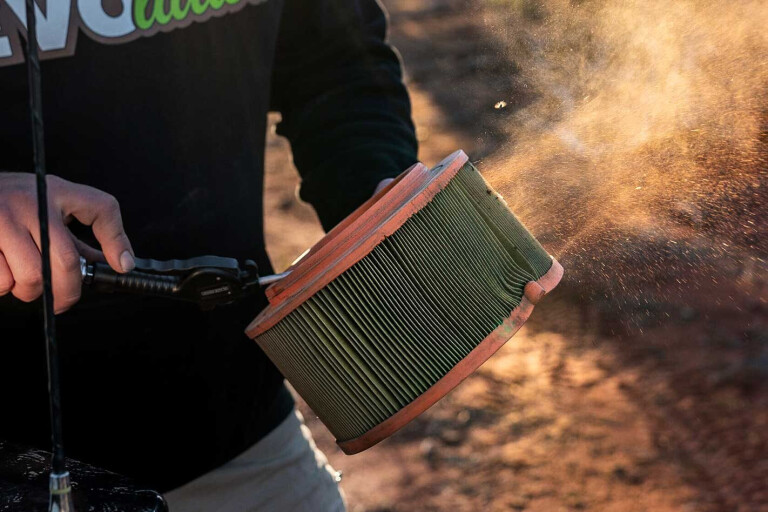
The age-old saying ‘you only get out what you put in’ couldn’t be truer than it is with four-wheel drives. Want more capability? Put the parts in. Want more talent? Put the work in. Want to find yourself standing at the start of endless dirt roads and a thousand possible adventures? Flip your boss off, slap the credit card to the dash and head off into the sunset.
On occasion, however, the saying ‘you only get out what you put in’ can be a little too literal, and it’s nowhere near as fun when that happens.
You see, like us specimens of male health here at 4X4 Australia, your 4x4 is a finely tuned machine. And just like we require a very specific diet of Friday beers and burnt campfire snags, your 4x4 needs an exact diet to stay fighting fit so it’s able to take you on those previously mentioned adventures.
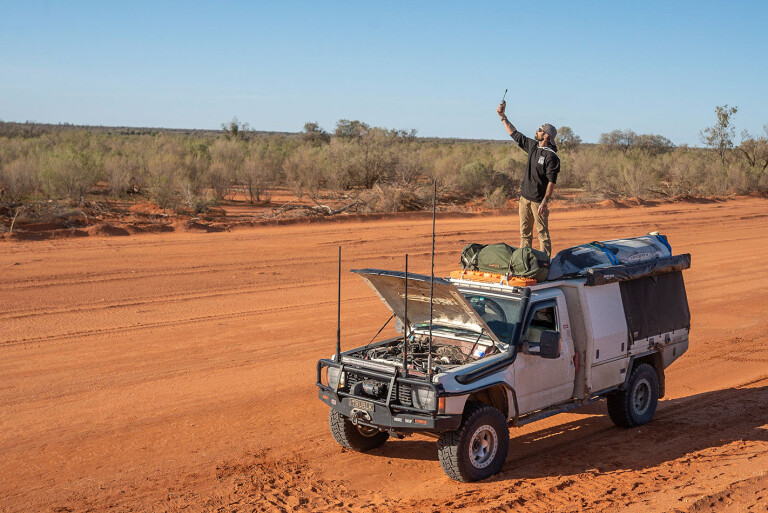
In most cases the complicated engine control unit will keep everything metered spot on. The right amount of air, the right amount of fuel, the right amount of combustion – it’s the perfect recipe to get you on the tracks. However, much like a peace-keeping mission in the Middle East, things don’t always go to plan.
Over the next few pages we’ll be taking a look at the three vital ingredients required to make your diesel or petrol 4x4 live a healthy life, and what kind of preventative measures you can take to ensure it stays firing on all cylinders.
Maintaining a fuel filtration system
When it comes to foreign bodies killing your 4x4, dirty fuel is right up there, especially when travelling to the more remote corners of Australia.
While all internal combustion engines are susceptible to damage, none of them are quite so much as the common-rail diesel engine. Older mechanical injection systems like Nissan’s trusty TD42 typically ran around 1500psi of pressure in their injectors. Current generation common-rail diesels bump that figure up 2300 per cent to a whopping 36,000psi, which is enough to cut through a grown man’s hands.

The result is that every component in the fuel system is running that fine a tolerance, and that fast, that even the most minute spec of dirt can slice the fuel pump and injectors to shreds. The resulting poor spray patterns can cause your engine to burn excess fuel, billow soot and, if the injector dribbles fuel, create hotspots on the piston leading to a hole and the need for an engine rebuild.
While particles in your fuel are a serious issue, the main factor most people will come across is water contamination. There are three different ways this typically occurs, and they’ll need three very different methods to combat them.
The first and biggest one to keep an eye out for in a 4x4 are river crossings. Sinking your 4x4 to the belly pan in deep water is an expensive way to test your fuel system’s weather sealing. Split low-pressure lines, breathers or improperly sealing fuel caps will all allow water to enter the fuel system. A new cap and a few metres of hose in an older rig are enough to prevent these issues.
Because of science, diesel fuel tanks are far more likely than their petrol counterparts to suffer from excessive condensation build-up, especially in colder areas. Over time this condensation can build up, leaving a layer of water in the bottom of the tank waiting patiently to be sucked into your fuel pick-up. Luckily it’s a relatively small volume of water, and keeping your tanks as full as possible will reduce the air volume and potential condensation build-up.
Finally, the horror stories we all hear: dirty fuel from outback service stations. Just like your 4x4’s fuel tank, low turnover (and low tank quality) can lead to water contamination sitting in the bottom of fuel tanks. It’s also present in urban servos, though less likely. It’s typically a major issue after a fresh batch of fuel has been poured in and the water is stirred up with the fuel.
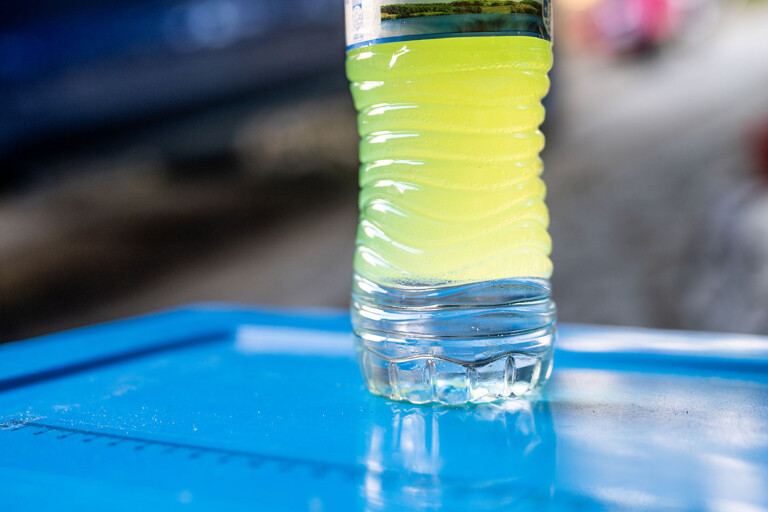
If you’re suspect of the fuel you’re getting, squirt a little in a dry water bottle before filling your tanks. A quick swirl will push the heavier water to the bottom clearly showing any contamination.
The last line of defence, and it really should be considered the last line, is a pre-filter and water-separator kit. There are pros and cons for pre- and post-filter setups, which we’ll go into on another day, but a water-separator kit is a no-brainer. They typically work as a centrifuge, spinning the fuel and forcing the heavier water to the bottom.
Kits will either run a glass bowl requiring inspection or an internal sensor that’ll sound a buzzer, alerting you to the presence of water in your fuel, hopefully in time to shut the engine down and drain the fuel system.
Maintaining an air filtration system
If fuel contamination has turned your brain to goo, don’t stress, air contamination is a much simpler problem and one pretty easily solved.
Like your fuel system, your engine’s internals are machined to fine tolerances for a variety of reasons. The first is to maintain compression. Without that, the pistons cycling won’t be able to properly form compression, so the air and fuel mixture will simply slip past the gaps rather than push the piston down giving you drive.
The second is to keep your engine properly lubricated by cutting a cross-hatched pattern into the cylinder walls, giving the engine oil something to stick to.

Introducing airborne contaminants into this mix acts like a sandblaster, eating up and smoothing down anything in its path, smoothing out the cross hatching and removing your engine’s ability to properly lubricate itself, resulting in catastrophic internal failure. Issues can also rear their ugly heads in the form of worn valve stem seals and piston rings causing excessive oil consumption, low power output and hard starts.
Engine ancillaries are in the line of fire, too; dust contamination before the turbo can eat it to pieces, while air-intake sensors can also get confused and cause problems such as the widely reported Mass Air Flow meter problem with some Toyota 1GD-FTV Hiluxes, causing engines to go into limp mode.
Unlike fuel, you’re not likely to pick up bad air at a service station, so solving these issues is more a case of minimising the amount of dirty air going into your air-intake and making sure none makes its way into your engine.
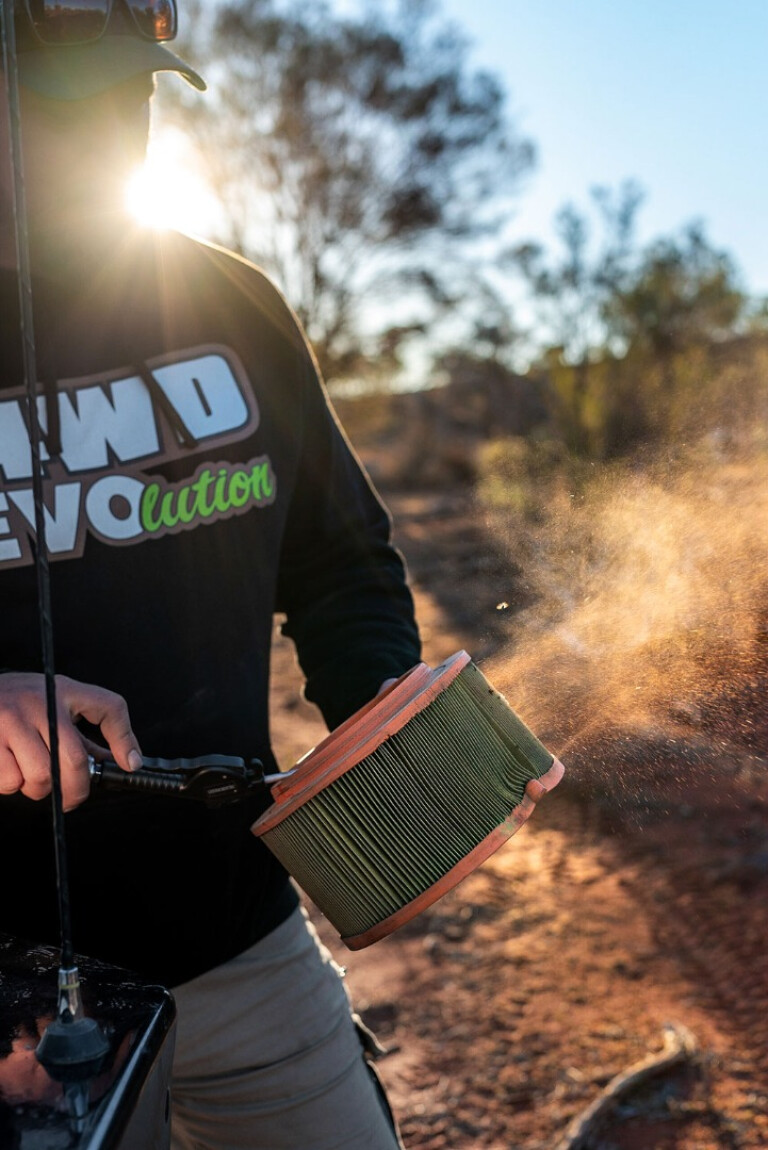
First things first: run a snorkel. Dust is heavy and likes to stick as low to the ground as possible. By raising the air-intake up a metre or so above the spinning wheels you’re already doing your engine a favour. Likewise, running a rearward-facing snorkel, or spinning your snorkel head backwards, can reduce the amount of dust ingress. Snorkel pre-filters can be used to further cut down dust ingress.
From here you’ll need to address the air filter. In most cases the OEM air filter element is fine enough to remove any particles in the air. A cleaner air filter isn’t always better, though, as a build-up of contaminants on the atmosphere side can help improve filtration levels. You’ll want to pay close attention to the sealing of the air filter, though; any dust on the engine side of the air filter is a sign there’s a problem with the filter itself, or the filter isn’t sealing properly. A light smear of grease on the edges can fix this.
Finally, and one people often forget, is that after the air filter there’s still a long system of potentially vulnerable pipework to the engine.
Modern sensor-laden engines are less susceptible to undiagnosed intake leaks, but it’s still worth checking the intake plumbing. Petrol engines can be checked by starting the engine and then spraying Start Ya Bastard along the length of pipework between the filter housing and engine intake, and listening for any rise in idle speed. Diesel engines will typically need to be checked over by a mechanic to detect any leaks in the intake system.
Maintaining an oil filtration system
If you thought contaminant issues were only caused by things you accidentally allow into your 4x4, you’re unfortunately mistaken, and possibly in an expensive way. Just like your engine needs its air and fuel to be in tip-top shape, the oil keeping the whole shebang together is just as susceptible to contaminants.
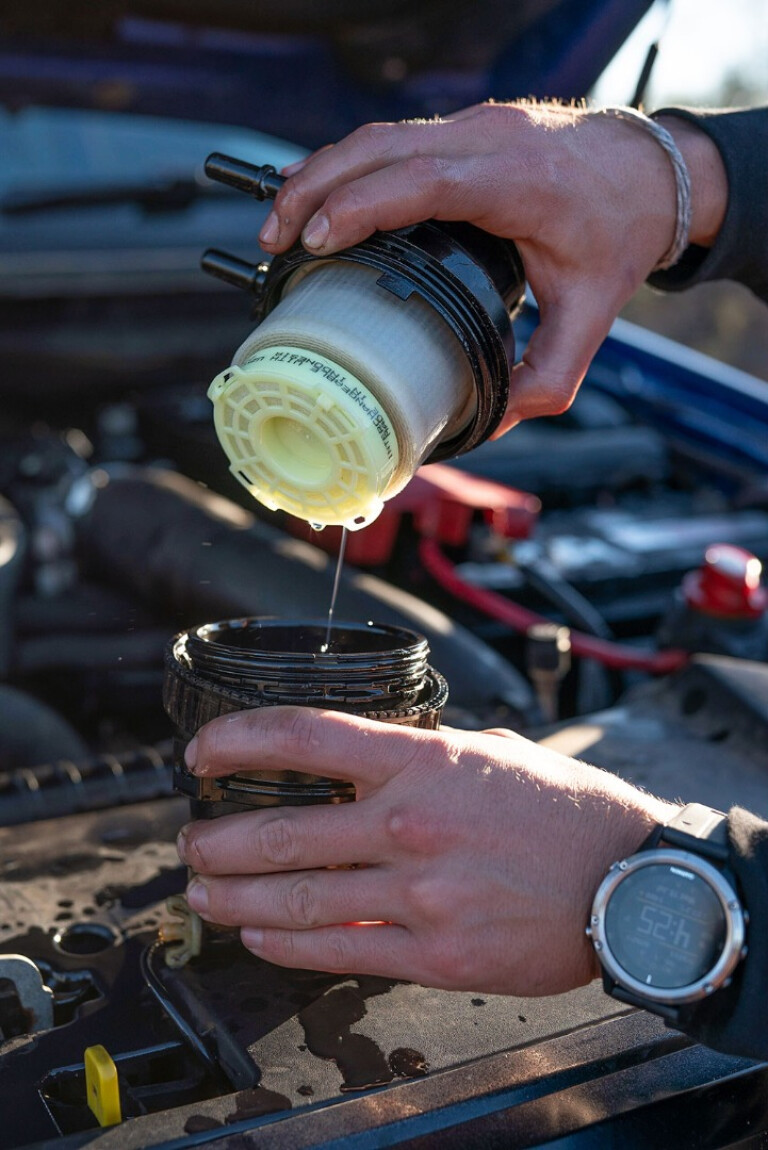
In perfect working order your oil should be thick enough to properly lubricate all the moving parts inside your drivetrain, yet thin enough to make its way through the engine from top to bottom, even in the dead of winter. And soapy enough to prevent carbon build-up in the oil galleys, carrying contaminants to the oil filter ready to be physically removed when you next have your vehicle serviced.
Over time diesel soot from engine blowby and metal particles from bearing and ring wear cannot only affect your oil viscosity, reducing cold-start lubrication, but can also increase wear on internal components, drastically reducing your engine’s working life. Luckily, regular oil and filter changes are enough to prevent these issues.
When you next drain the oil from your engine, set some aside for an oil analysis. This is one of the most powerful diagnostic tools at your disposal and will help identify any underlying issues such as slow coolant leaks through seal degradation.
Why you should pick the more expensive option
As soon as you talk popping-the-bonnet, many 4x4 owners fall back into the typical argument of “the manufacturer designed it that way”… and that is true. After all, vehicle manufacturers spend millions on research and development to put these vehicles on the road. The problem is, and it’s a doozy, this argument tends to forget about capitalism.
These manufacturers aren’t doing the world any greater good by producing the very best 4x4 they can; they’re doing it to make money. It’s the reason new 4x4s don’t roll off the factory floor with lightweight alloy wheels, high-end bypass shock absorbers and 1000Nm V8 diesel engines.

Let’s do the maths. Over a 12-month period Ford Australia sells around 40,000 4x4 Rangers. At a typical retail cost of $50,000, that equates to a $2 billion turnover a year in Rangers alone, just in Australia. By not installing a $100 filter that most city-dwellers won’t even need, Ford can save roughly $40 million over the typical 10-year sales life of the model. Kinda makes sense now why they might save money on gear most customers won’t really need.

COMMENTS